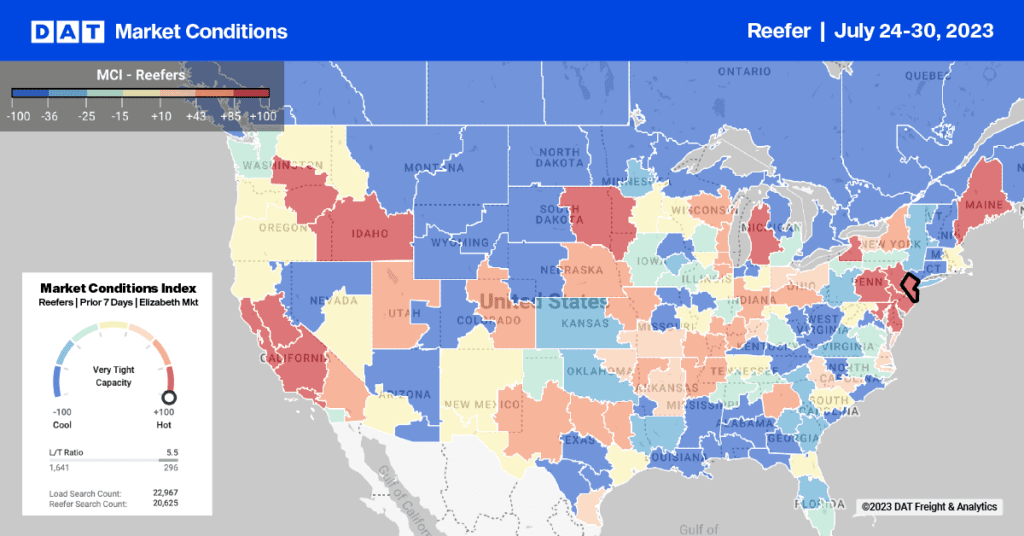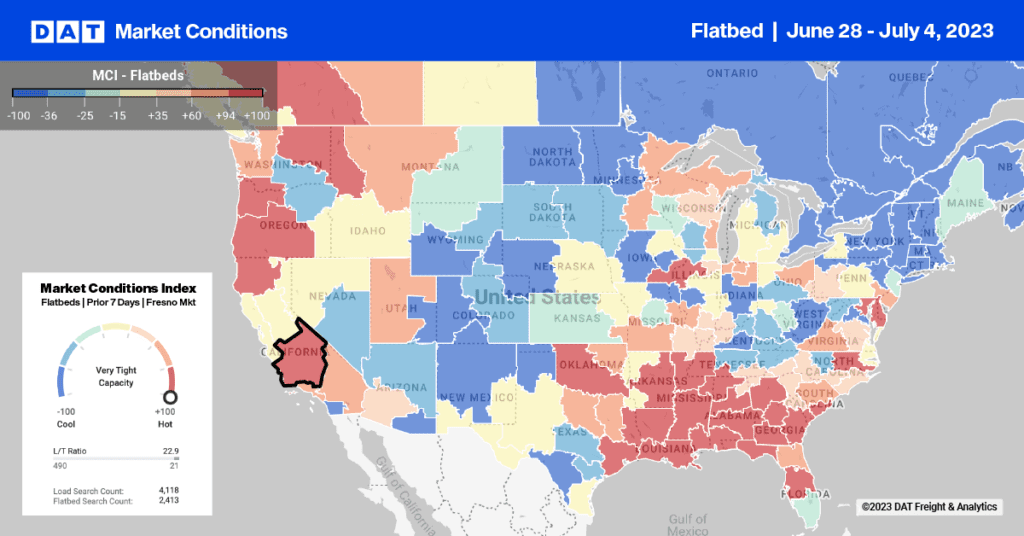Retail sales are expected to increase by 3.0% in November and December compared to last year, according to ShopperTrak, a retail data and analytics provider. The International Council of Shopping Centers predicted a more moderate increase of 2.2%, but that total does not include online sales. Recent history shows a growth trend in online sales and also in gift card use, which combine to delay and prolong the holiday shopping season. Retail outlets are more likely to keep inventory below historical levels in the first half of November but retain higher inventory throughout January, when shoppers redeem their gift cards.
The holiday season is already starting, according to this AP report: “Retail sales increased 1.1 percent in September, the biggest gain in seven months and double what economists projected. Retail sales are a key barometer of consumer spending, which helps drive economic growth. It was the latest positive report on the U.S. economy and added to a growing body of evidence that another U.S. recession isn’t as likely as many had feared.”
What is the impact on the transportation industry? A mismatch between predictions and reality can prompt last-minute inventory adjustment at the retail level. When the event is an unexpected surge in sales, shippers will need to add truck capacity quickly to move the overflow freight – sending more loads to the spot market.
Van rates are already trending up on the spot market, with a $0.03 (2.3%) increase in September and another $0.05 (3.8%) by mid-October. In most market areas, including key West Coast ports, the rate increase was due entirely to stronger demand rather than any additional decline in truck capacity. Van rates were up $0.11 (8.7%) compared to October 2010, supporting our guarded optimism about freight volume and rates through the upcoming holiday season.

Van and reefer rates trended up from early September through mid-October, while flatbed rates hit a plateau on the spot market. Amounts noted above are national average rates per mile, not including fuel surcharges or other fees. Spot market rates are paid by the freight broker or 3PL to the carrier.
Although shipments have not yet returned to pre-recession levels, a recent report in the Wall Street Journal cites FedEx CEO Fred Smith, who expects his company’s holiday shipments to exceed the 2010 season by 2.5% to 3%. For public companies, including retailers as well as FedEx, the modest year-over-year growth projection led to a cautious approach to seasonal hiring and inventory build-up. From the spot freight market perspective, we see a 3% increase in holiday freight as a half-full glass, and we raise that glass to our customers – and all of Santa’s helpers in the trucking industry.
Note: Spot market rates are derived from thousands of broker rate agreements with carriers, collected and analyzed in TransCore’s Truckload Rate Index. The average rates referenced above are for line haul only; they are calculated after subtracting fuel surcharges, accessorials and other fees. National average rates tend to mask strong regional trends, which we discuss in other blog posts, as well as in the Rate Trend of the Week feature of our Trendlines web site. I am also available here on the Freight Talk blog to answer your questions about spot market trends on Monday evenings at 7:30 PM Eastern Time.


